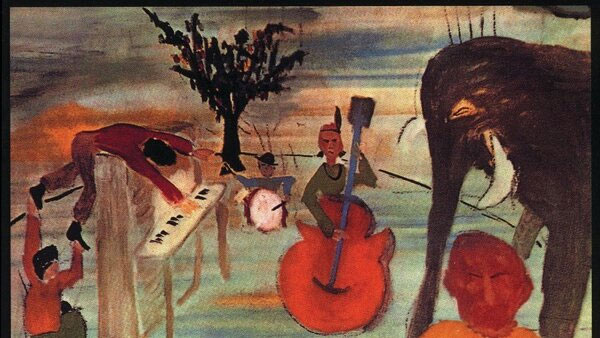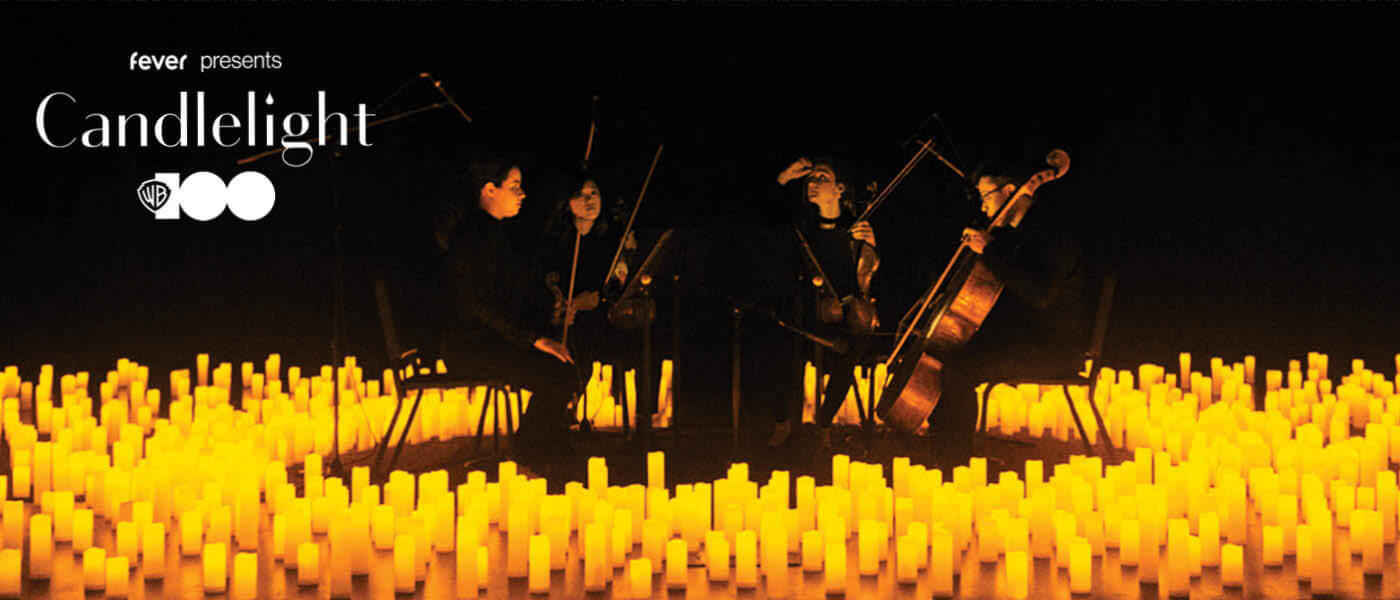Stomp
Saturday, April 05, 2025 @ 8:00pm

Mayo Performing Arts Center (MPAC)
100 South Street, Morristown, NJ 07960

STOMP is explosive, inventive, provocative, witty, and utterly unique—an unforgettable experience for audiences of all ages. The international percussion sensation has garnered armfuls of awards and rave reviews and has appeared on numerous national television shows. The eight-member troupe uses everything but conventional percussion instruments – matchboxes, wooden poles, brooms, garbage cans, Zippo lighters, hubcaps – to fill the stage with magnificent rhythms. Year after year, audiences worldwide keep coming back for more of this pulse-pounding electrifying show. As the Boston Globe says, “If you haven’t seen STOMP, GO! If you have seen it, take someone and share the pleasure!” STOMP. See what all the noise is about.
The show was created by Luke Cresswell and Steve McNicholas in the UK in 1991 and premiered at the Edinburgh Fringe Festival. The year it premiered in New York, it won Obie and Drama Desk awards.
STOMP has become a worldwide phenomenon, appearing on TV shows and even at the Lincoln Memorial at President Clinton’s Millennium celebration.
“Stomp is so infectious because it produces basic rhythms in a unique combination of percussion, movement and visual comedy that plays to our basic sense of rudimentary communication. If you’ve ever banged on a can to get someone’s attention, you know what Stomp does. Stomp produces basic musical rhythms using push brooms, garbage cans, pipes, kitchen sinks, boxes, brushes, kettles, 55 gallon metal drums and an assortment of pots, pans, pipes, even hubcaps, tea chests, plungers, boots, plastic bags, wooden poles and washboards. The result is a hypnotic, hyper eight person show that grabs us and keeps us thrilled from the opening scene where the cast sweeps us into their engaging beats produced by their push brooms. The nice variety of ‘stomps’ produces a mixture of rhythms, tempos and sounds that communicate the expressive feelings that each performer wishes feels. Emotions are in good hands with these talented ‘stompers’ who never speak but sure communicate with the audience,” reads Chicago Critic.
For information on how your event can be listed, click here
Advertise with NJ Stage for $50-$100 per month,
click here for info
FEATURED EVENTS
or region of New Jersey
click here for our advanced search.

Father Alphonse's New Year 2026
Sunday, January 04, 2026 @ 3:00pmAlgonquin Arts Theatre
60 Abe Voorhees, Manasquan, NJ 08736
category: music


Tuesday Night Record Club - The Band, Music from Big Pink
Tuesday, January 06, 2026 @ 7:30pmMonmouth University - The Great Hall
400 Cedar Avenue, West Long Branch, NJ 07764
category: music


New Jersey Symphony Presents Randall Goosby Returns
Thursday, January 08, 2026 @ 7:00pmState Theatre New Jersey
15 Livingston Avenue, New Brunswick, NJ 08901
category: music


James Maddock
Friday, January 09, 2026 @ 7:30pmLizzie Rose Music Room
217 E. Main Street, Tuckerton, NJ 08087
category: music


Candlelight Concerts - Tribute to Queen and The Beatles
Friday, January 09, 2026 @ 7:00pmMonmouth University - Pollak Theatre
400 Cedar Avenue, West Long Branch, NJ 07764
category: music

More events
Event Pages are available for $10 and included with our banner ad packages
Advertise with NJ Stage for $50-$100 per month,
click here for info
EVENT PREVIEWS
January 4, 2026










